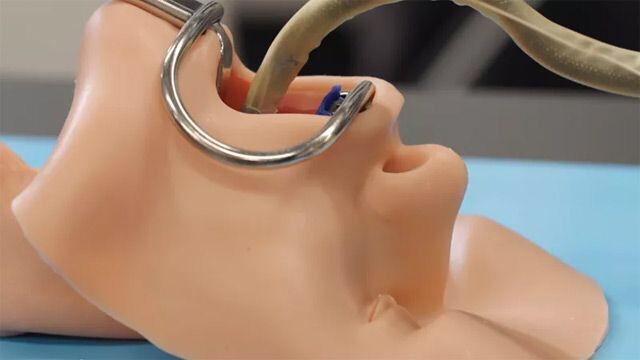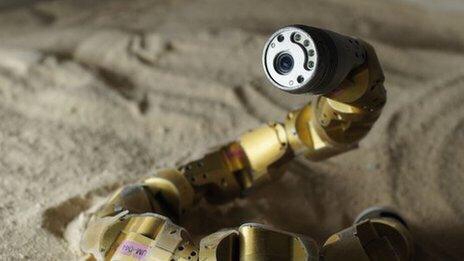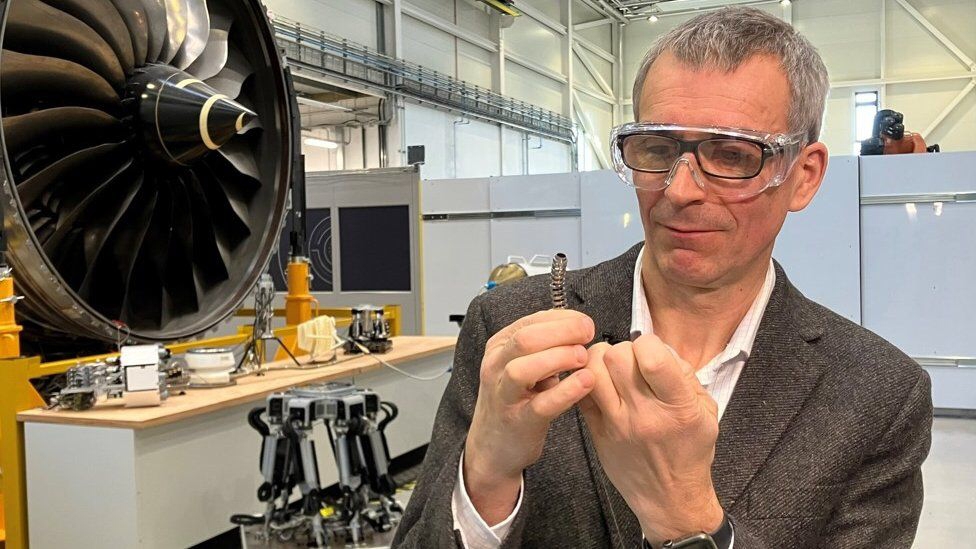Robot Snake Could Be Used in Cancer Surgery Within 10 Years

Within ten years, experts say that a robot with the flexibility of a snake could be used in cancer surgery.
The remote-controlled robot, called COBRA, has previously been used in jet engineering and nuclear plants.
The University of Nottingham, which developed the robot, has secured funding to make the robot the first of its kind in the UK.
According to Professor Dragos Axinte, “We have started early tests to see if the robot can perform surgical procedures.”
In order to modify COBRA for use in surgery, specifically throat cancer and injury surgery, the researchers, who are working with Rolls-Royce, claimed they had obtained funding from the Engineering and Physical Sciences Research Council.
While such medical procedures are presently carried out using endoscopic equipment, they said that COBRA may provide surgical teams with greater maneuverability, accuracy, and high-definition views.
It has been used as part of a preliminary study at a hospital in Leicester.
The team’s leader, Prof. Axinte, stated, “Snakes by definition are slender and it’s very maneuverable by using a simple joystick. Up to now, what we have done with this technology is get into engines. We have been contacted by some surgeons from Leicester hospital into translating this technology into medical fields”.

“The robot has potential in a broad range of applications and medicine is an exciting direction for our research to take”, he added.
The five-meter (16-foot) robot, which is just about the same thickness as a pencil and measures 9mm (0.35in) in diameter, is so thin that the team claims it can easily squeeze through narrow spaces and round tight bends.
With the assistance of Dr. Oladejo Olaleye, a consultant ear, nose, and throat and robotic surgeon at University Hospitals of Leicester NHS Trust, preliminary tests into COBRA’s medicinal use have been conducted.
The robot was tested on a human dummy to reach areas of the throat that are difficult to reach and inaccessible without highly invasive surgery.

The high-definition camera showed clear views of the throat displayed on an operating screen.
According to Dr Olaleye, “Achieving clear views of throat and voice-box cancers will hopefully translate into full clearance of the tumors with less pain, quicker recovery from hospital, improved survival and better rehabilitation outcomes for our patients.”
Author-Roberta Appiah




